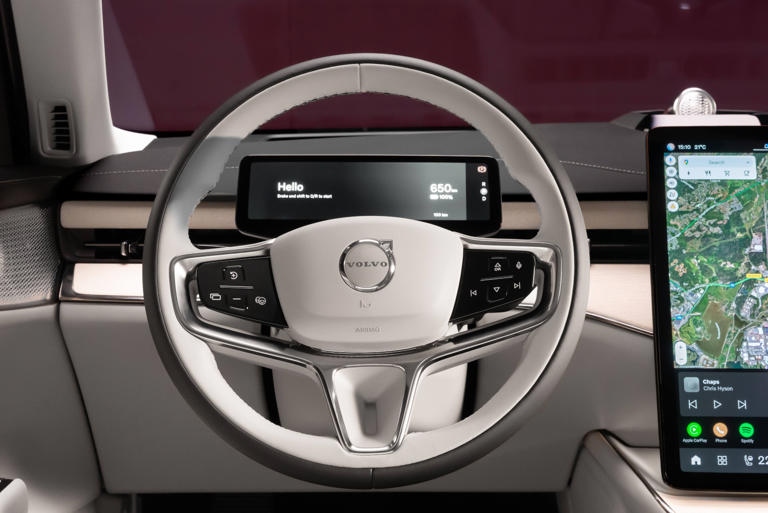Volvo has unveiled a new seatbelt technology known as the “multi-adaptive safety belt” that combines data from internal and exterior sensors to customize safety settings based on height, weight, body shape, seating position, and vehicle direction and speed. This mechanism enables the seatbelt to provide optimal passenger protection in real time.
“The world’s first multi-adaptive safety belt is another milestone for automotive safety and a great example of how we leverage real-time data with the ambition to help save millions more lives,” said Åsa Haglund, head of Volvo Cars Safety Centre. “This marks a major upgrade to the modern three-point safety belt, a Volvo invention introduced in 1959, estimated to have saved over a million lives.”
Volvo’s new safety belt uses load limiters to control the force applied to the human body during a crash. The new belt expands the load-limiting profiles from three to 11 and increases the number of settings, allowing it to tailor its performance to specific situations and individuals. Sensor data can be used to customize seatbelts based on a person’s height, weight, body shape, and seating position.
The safety systems in Volvo’s vehicles share sensor data with multi-adaptive seatbelts during a crash, determining the force to apply to the occupant’s body.
Volvo has designed the new safety belt using data from five decades of research and a database of over 80,000 real-life accident participants. The system will be improved through over-the-air software updates, which the company plans to release as more data is gathered.
The automaker has prioritized vehicle safety since 1959, with the introduction of the standard three-point safety belt for front passengers. Since then, the company has introduced numerous innovations, including rearward-facing child seats, side-impact airbags, rollover stability control, and occupant sensing systems.
The new seatbelts will be introduced in the Volvo EX60, the automaker’s mid-sized electric SUV, which is scheduled for release next year.




